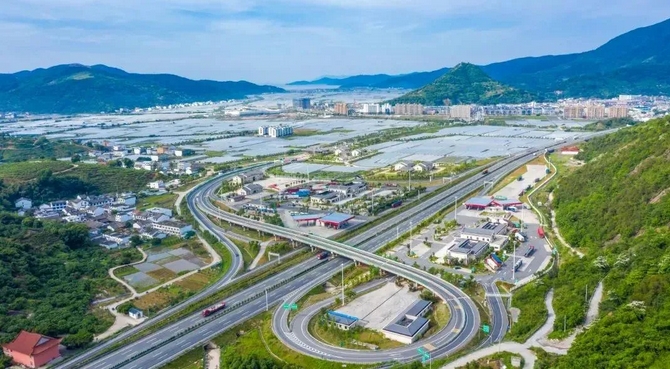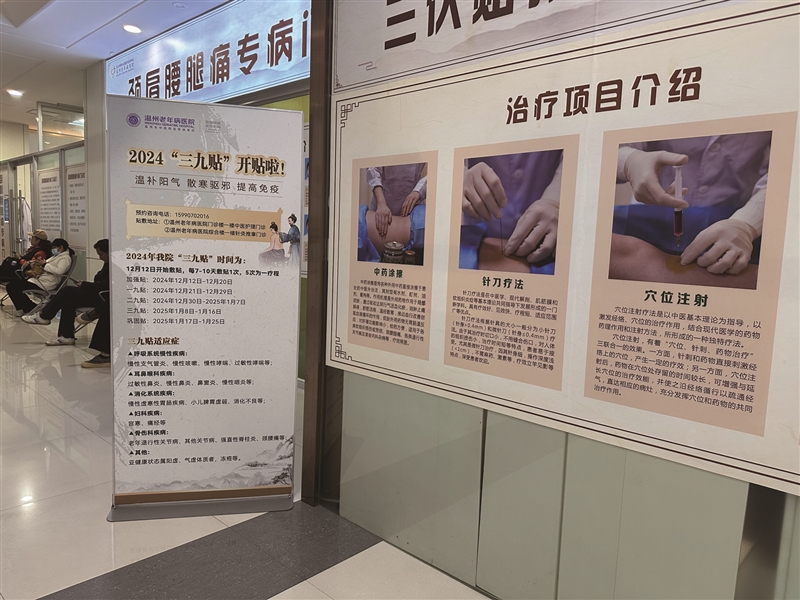【龙湾区】A Great Leap in China's Aerospace Industry
On July 4, Beijing time, the news of "China space station astronauts leaving the cabin for the first time" was swiped on the Chinese Internet. After the SHENZHOU-7 flight crew successfully completed the extravehicular mission, 13 years later, the Chinese astronauts carried out the extravehicular mission again. The astronauts wore the "Feitian" extravehicular spacesuit independently developed by China and successfully exited the capsule one after another. Astronaut Liu Boming said, "Wow! It's so beautiful outside! " It has attracted the admiration of many people and the attention of international media. Several international media organizations also introduced Chinese astronauts' tasks. This is undoubtedly a leap in China's aerospace industry.
Looking back on China's space industry in recent years, every success is exciting. At 21:31 on April 24, 1970, China's Dong Fang Hong-I flew into space. This is the first man-made satellite launched by China. The launch of the Dong Fang Hong-I satellite has made China the fifth country to successfully launch a satellite entirely on its own after the Soviet Union, the United States, France and Japan. It caused a sensation all over the world and greatly improved China's prestige in the world. In August 1987, China's recoverable satellite carried the test device for France. This was China's first attempt to enter the world aerospace market.
Manned spaceflight is a further deepening of human understanding of space. At 9:00 on October 15, 2003, SHENZHOU-5 manned spacecraft was launched and sent astronaut Yang Liwei into space. On October 12, 2005, SHENZHOU-6 took off with Fei Junlong and Nie Haisheng. On September 25, 2008, SHENZHOU-7 launched three astronauts Zhai Zhigang, Jing Haipeng and Liu Boming. After that, China became the third country after Russia and the United States to be able to send humans into space by itself. These are important milestones in China's aerospace industry.
The lunar exploration project is the third milestone in China's space activities after man-made earth satellites and manned spaceflight. At 18:05 on October 24, 2007, the Long March-3A carrier rocket carrying Chang'e-1 lunar probe which is China's first lunar exploration satellite was successfully launched at the No. 3 tower of Xichang Satellite Launch Center. At 18:59 on October 1, 2010, Chang'e-2 was launched from Xichang Satellite Launch Center with complete success. The lunar exploration project is of great significance for lunar soft landing and acquisition of lunar surface images, which has opened up a new field of China's aerospace. With the core technologies and independent intellectual property, China has accumulated rich experience in carrying out deep space exploration missions in the future.
The development of space industry enables people to better understand the world totally. The development of aerospace industry is really a matter of great pride for China, which fully reflects the continuous improvement of China's independent innovation ability and scientific and technological level. With the significant enhancement of our comprehensive national strength, we will become more independent and make our best to contribute to the development of our country.
本文转自:温州新闻网 66wz.com
为你推荐
-

新政惠民!温州住房公积金贷款同比增长46.95%
社会12-14
-

优化人才评价体系 73人通过“问企识才”机制改革获评职称
社会12-14
-

从建筑码到房屋码实现“一码全链” 这场全国性会议上“温州经验”受关注
社会12-14
-

代表委员看温州交通变化 高速里程从全省倒数第二到全省第三
社会12-14
-

苍南启动省级共富乡村试点建设 一条国道串联5个抱团乡村
社会12-14
-

无土栽培 自动浇灌…… 鹿城这里有个种草莓的“植物工厂”
社会12-14
-

这个乐清民间技艺仅冬日可见!错过等一年
社会12-14
-

乐清这间乡村公益老年食堂老火了 持续温暖11年
社会12-14
-

三九补一冬!温州多家医院开启“三九”养生项目
社会12-14
-

温州今年造血干细胞捐献者人数超20例 为历年最多
社会12-14



